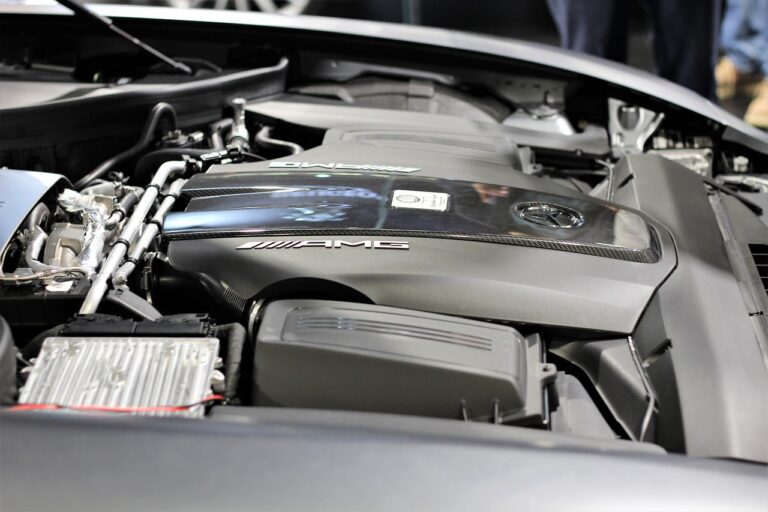The Rise of All-Electric Racing Series: Formula E and Beyond
Electric racing has a lengthy and fascinating history that dates back to the 19th century. The notable experimentation with electric-powered vehicles and racing competitions gained traction in the early 20th century, showcasing the potential of electric propulsion in motorsports. As technology advanced, electric racing events began to emerge in various parts of the world, capturing the attention of both enthusiasts and manufacturers.
The development of faster and more efficient electric vehicles paved the way for the establishment of official electric racing series, marking a significant milestone in the evolution of electric racing. These competitions not only served as platforms for showcasing innovation and sustainability but also contributed to the growing popularity of electric vehicles among the general public. The historical progression of electric racing reflects the ongoing efforts to combine performance, environmental consciousness, and cutting-edge technology on the race track.
The Development of Formula E
Formula E has rapidly evolved since its inception in 2014 as a groundbreaking single-seater championship focused on electric-powered cars. The series was established to promote sustainability and advancement in electric mobility, reflecting the growing global trend towards eco-friendly transportation solutions. Formula E has successfully attracted major automotive manufacturers and sponsors, solidifying its position as a leading platform for innovation in electric racing.
Over the years, Formula E has expanded its reach to new cities across the world, showcasing the versatility and competitiveness of electric racing on diverse urban tracks. The introduction of innovative technology, such as the attack mode and fan boost, has added an exciting element to the races, engaging fans and enhancing the overall viewing experience. As the championship continues to grow in popularity and influence, Formula E remains at the forefront of sustainable motorsport, driving forward the development of electric vehicle technology.
When was Formula E officially launched?
Formula E was officially launched in 2014.
How many races are typically held in a Formula E season?
A typical Formula E season consists of around 12 to 14 races.
What are some of the key manufacturers involved in Formula E?
Some key manufacturers involved in Formula E include Audi, Nissan, BMW, and Mercedes-Benz.
How has technology in Formula E evolved over the years?
Technology in Formula E has evolved significantly, with advancements in battery technology, motor efficiency, and overall performance of the cars.
What are some of the key sustainability initiatives implemented in Formula E?
Formula E focuses on sustainability by using electric cars, promoting clean energy, and hosting races in urban settings to raise awareness about climate change.





